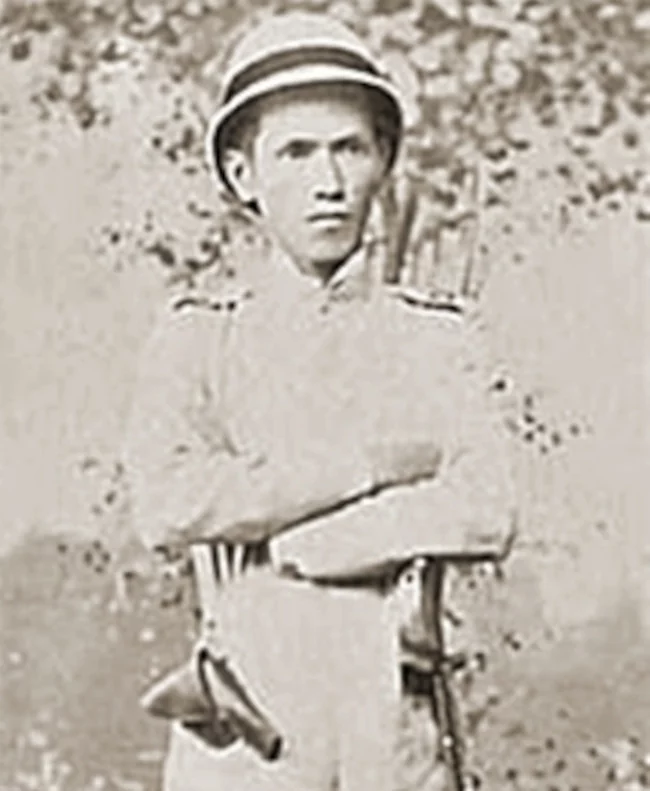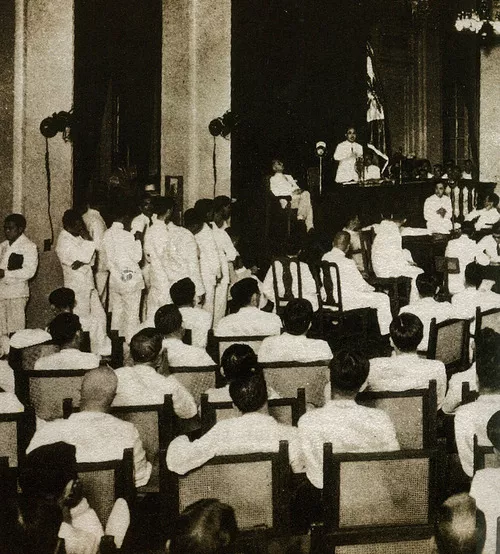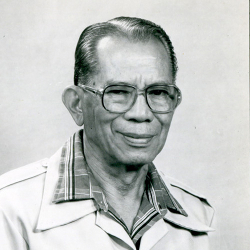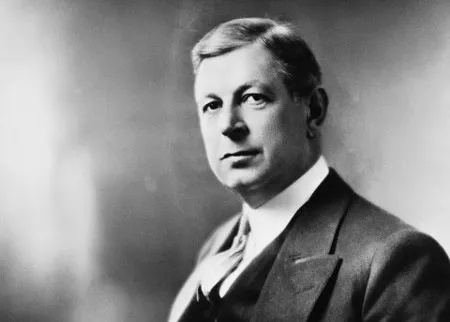On July 13, 1905, General Alfredo M. Santos was born in Manila. Regarded as the first Filipino to achieve the rank of four star general under the modern organization of the Armed Forces of the Philippines (AFP), Santos took a bachelor's degree in engineering at Mapúa University and served as corps commander at the University of the Philippines Reserve Officers' Training Corps (UP ROTC). This background also made Santos the first UP Vanguard to become Chief of Staff of the AFP.
In 1936, he entered the armed forces as a probationary lieutenant. During the Second World War, Santos became part of the guerrilla group Filipino-American Irregular Troops (FAIT) after the defeat of Allied forces in Bataan.
After the war, Santos was sent to study in the United States. Upon his return, he was given the command of the 15th Battalion Combat Team (BCT) and attached units forming the Panay Task Force. Among the highlights of their campaign, codenamed "Operation Knockout", was the capture of Guillermo Capadocia, founding member of the Partido Komunista ng Pilipinas (PKP-1930) and later Commander of the Hukbong Mapagpalaya ng Bayan (HMB) Regional Command No. 6 in the Visayas. Although Capadocia was able to escape, he would lose his life during the chase.
Also killed at this time would be Paterno Patrimonio (Kulafu), while other leaders such as Teodoro Tejada (Paking) and Simplicio Casas (Stalin) were captured and sentenced. This hastened the collapse of the HMB rebellion in Panay Island. In recognition of his military feats, President Ramon Magsaysay would thereafter confer Santos the rank of brigadier general in 1954. In the same year, Magsaysay appointed Jesus Vargas as the first three star general (lieutenant general) of the modern AFP, although it was a temporary rank.
On September 1, 1962, President Diosdado Macapagal appointed Santos as Chief of Staff, and granted him the rank of four star general. After his tenure, the United States government awarded him the Legion of Merit in December 1965 for his service during the Vietnam War. To recall, the first Filipino contingent (PHILCONV) for the aid of Vietnam was sent August 1964.
Santos died on February 7, 1990.






"Governor General Davis accepted the appointment to the Philippine Islands at great personal sacrifice. His resignation is based upon personal and family reasons, the force of which must, I feel, receive every consideration, particularly in view of the very generous sacrifices which he has already made in consenting to remain in the Philippine Islands much longer than his personal interests warranted. I have accepted his resignation with the greatest reluctance. His administration of the affairs of the Philippine Islands has been eminently able and successful and constitutes a fitting continuation of the distinguished service he previously rendered as Secretary of War. The 2 years during which he served in the Philippine Islands have been marked by exceptionally cordial and satisfactory relations between the American chief executive and the legislative and other local authorities. Governor General Davis relinquishes office with the deep regret of all concerned, and with a further claim upon the gratitude and affection of both the American and Filipino people."